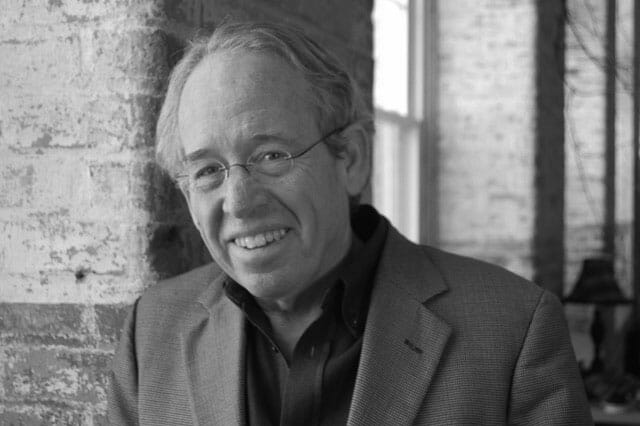It is Friday, and I’m in the Judge’s Lodging Hotel in York, United Kingdom. Actually I’m in the hotel’s vaulted, stone-tiled, basement pub that comes with books (Poetical Works of Robert Browning), bookshelves, and five brass bells that communicated with the visiting judges who once lodged in the rooms upstairs.
York is in the northern part of the United Kingdom and in AD 71 was a Roman stronghold that routinely sent replacements to the 6th and 9th Legions then stationed on Hadrian’s Wall.
Most of the Roman, thin-bricked fortifications have been covered-up or replaced by higher, thicker walls that have survived until the present. Our guide (yesterday) knows that it is Constantine, Claudius and the Spanish-born Legionnaires who still fascinate the current tourists.
But the big draw is the massive cathedral that casts its shadow — both historic and actual — over the half-timbered homes that played host to Henry VIII, Catherine Howard and Judy Dench. It is this twin-towered, 519-foot-by-249-foot “Minster” that plays the lead role in York today. And it is mostly the mass and the building’s verticality that gets one’s immediate, undivided attention.
The present (stone) church was started in 1220 and was completed 250 years later. And while the building is vertically stunning, the building is also silent testament to 1,000 years of triumph, struggle and strife. The struggle part prominently featuring Henry VIII and his argument with the Pope — then Henry’s departure from the Catholic Church taking the Pope’s real estate and his treasure with him when he left.
It is not strange (to me) that some Brits — thoroughly inoculated with the Roman religion — were unwilling to follow Henry across this theological divide. It seems incredible in today’s secular world, that anyone would be burned at the stake for believing, or not believing, in the Trinity; or the get-out-of-purgatory indulgences then on sale at every church; or the notion that the body and blood of Christ is contained in a communion wafer. (And, yes, I know there are still be-headings in the Middle East.)
But these were the religious issues that came into play after Henry left the throne; the same issues that were devised to Anne Boleyn’s daughter, Elizabeth, to somehow “sort-out” as the Brits are now found of saying.
It is clear that Henry VIII — obese, immobile and probably syphilitic — was obsessed with producing a male heir who would continue his lineage into the future. Despite multiple marriages, beheadings and murders he had not been successful in this effort. Then the Pope emerged as an obstacle.
Henry must have believed that his connections with God — the “Divine Right of Kings” — was at least as good as the ecclesiastical cellphone service that the Pope enjoyed with the Almighty. Still, it was a bold, outrageous move to defy the Pope, claim ownership of the English Church, and then expect the British people to leave with him.
But I think Henry’s gamble may have paid off because the Pope’s Cardinals were then focused on building churches — like York Minster — that would project God’s magnificence and the power of the Cardinals who were building these large, dramatically vertical monuments.
But these buildings cost a great deal of money which was paid at baptisms, weddings, funerals and collected for one’s eventual escape from purgatory. And the people who paid these fees were, apparently, tired of the tithe.
Yes, they loved the architecture — and had to be proud of the huge stained glass windows and the marble columns that seemed to disappear into the medieval sky — but they were tired of the money part of that equation. In that sense Henry’s timing was good.
Of course Henry needed the money.
Henry was now fighting the Scots in Scotland and the Welsh in Wales. He needed the Pope’s treasure to pay for his soldiers, their cross-bows, their helmets and pikes. Having newly seized, stone-built, well-mullioned real estate (for sale) helped with those bills.
Yesterday, in the late afternoon, I returned for a second visit to the Minster. As I sat in a pew trying to (again) understand the mystery and the allure of this ancient space I heard voices — a choir. It was, in fact, the cathedral’s choir rehearsing Mozart’s Requiem.
In that instant I felt the transformative, inspirational effect of music — and the emotional upgrade that music gave to the soaring architecture.
And, instantly, I understood why that music survived the Reformation.
Scott Graber is a lawyer, novelist, veteran columnist and longtime resident of Port Royal. He can be reached at cscottgraber@gmail.com.








